المشاركة الأصلية بواسطة Fattema
أشكركم كثيرا اختي فاطمة لتفهمكم حفظكم الله وبارك بكم 
ان شاء الله سأضع بعد قليل تكملة وهي جزئية خاصة بما يُعرف بـ الكواكب الداخلية في المجموعة الشمسية
مرفقة بالعديد من الصور الجميلة والرائعة للكواكب


ان شاء الله سأضع بعد قليل تكملة وهي جزئية خاصة بما يُعرف بـ الكواكب الداخلية في المجموعة الشمسية
مرفقة بالعديد من الصور الجميلة والرائعة للكواكب


 !!!
!!!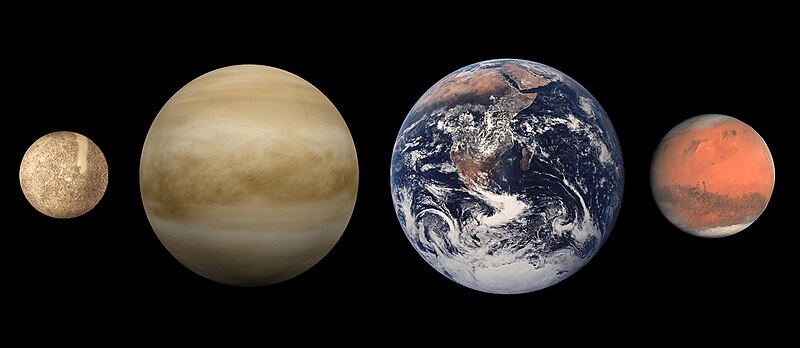


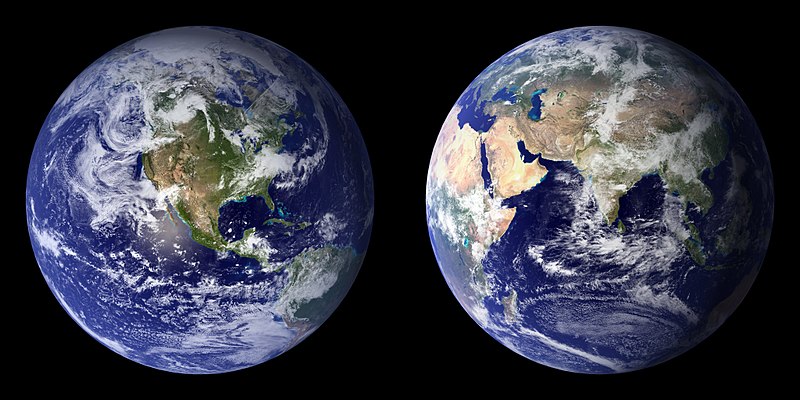
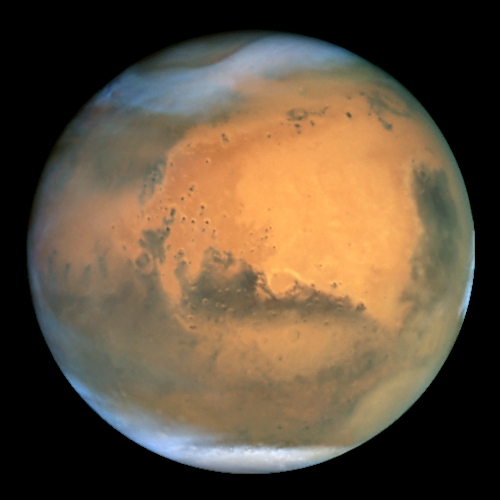

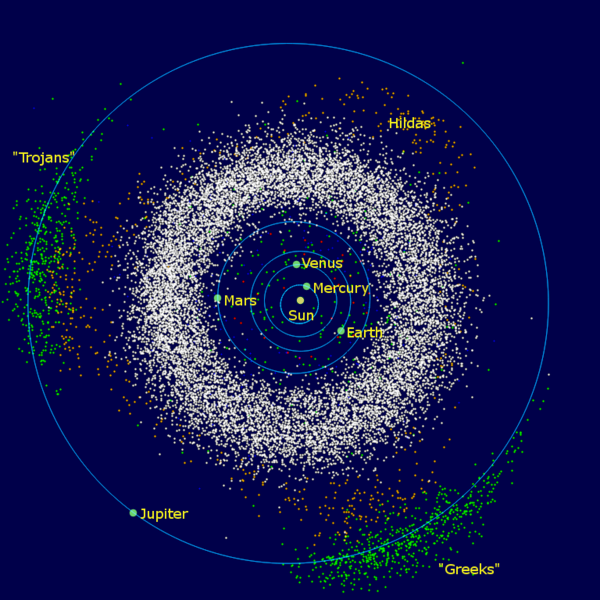
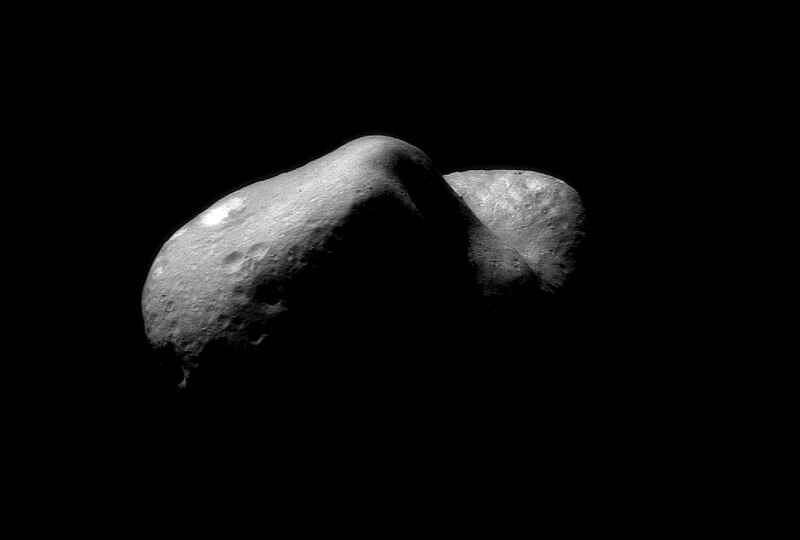
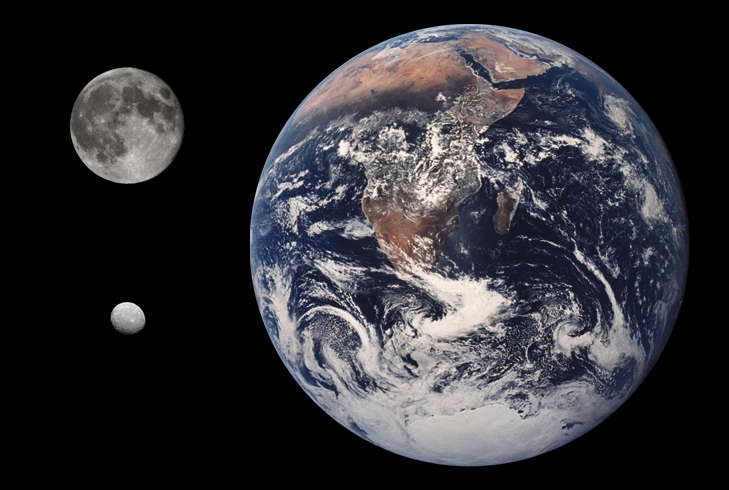

 I hope you will enjoy this post too
I hope you will enjoy this post too
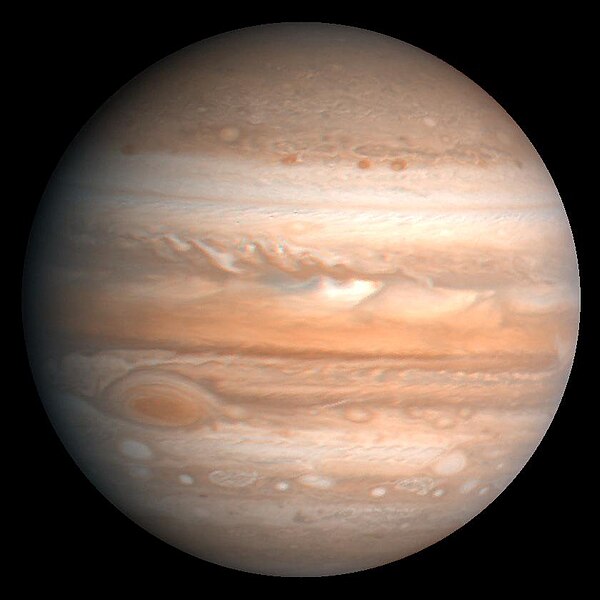


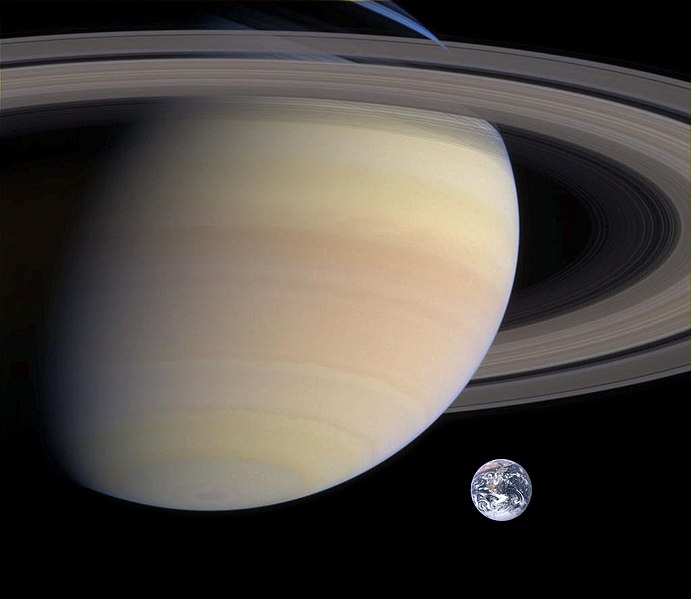
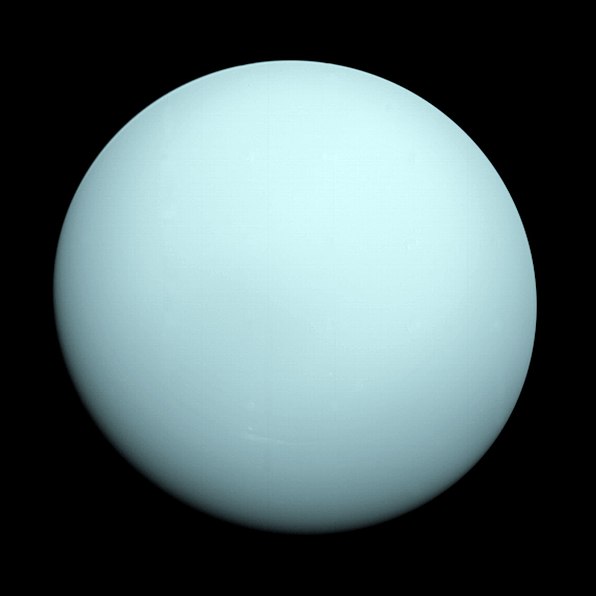
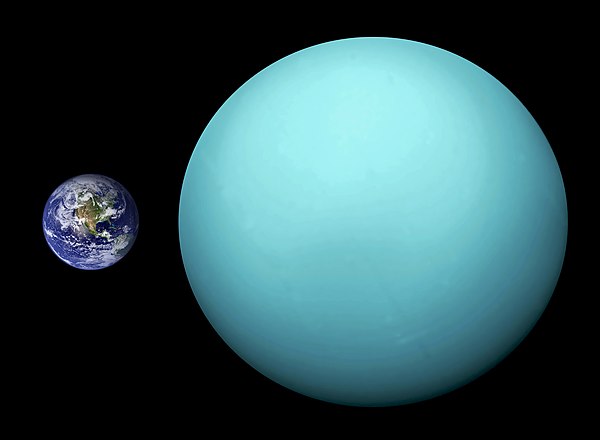




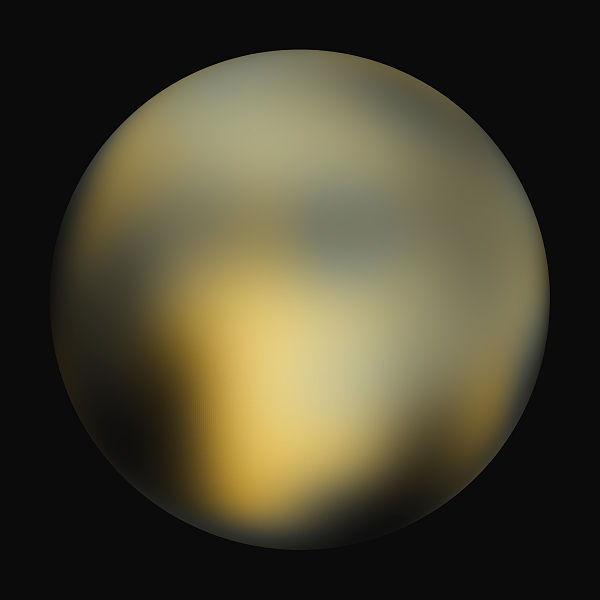






تعليق